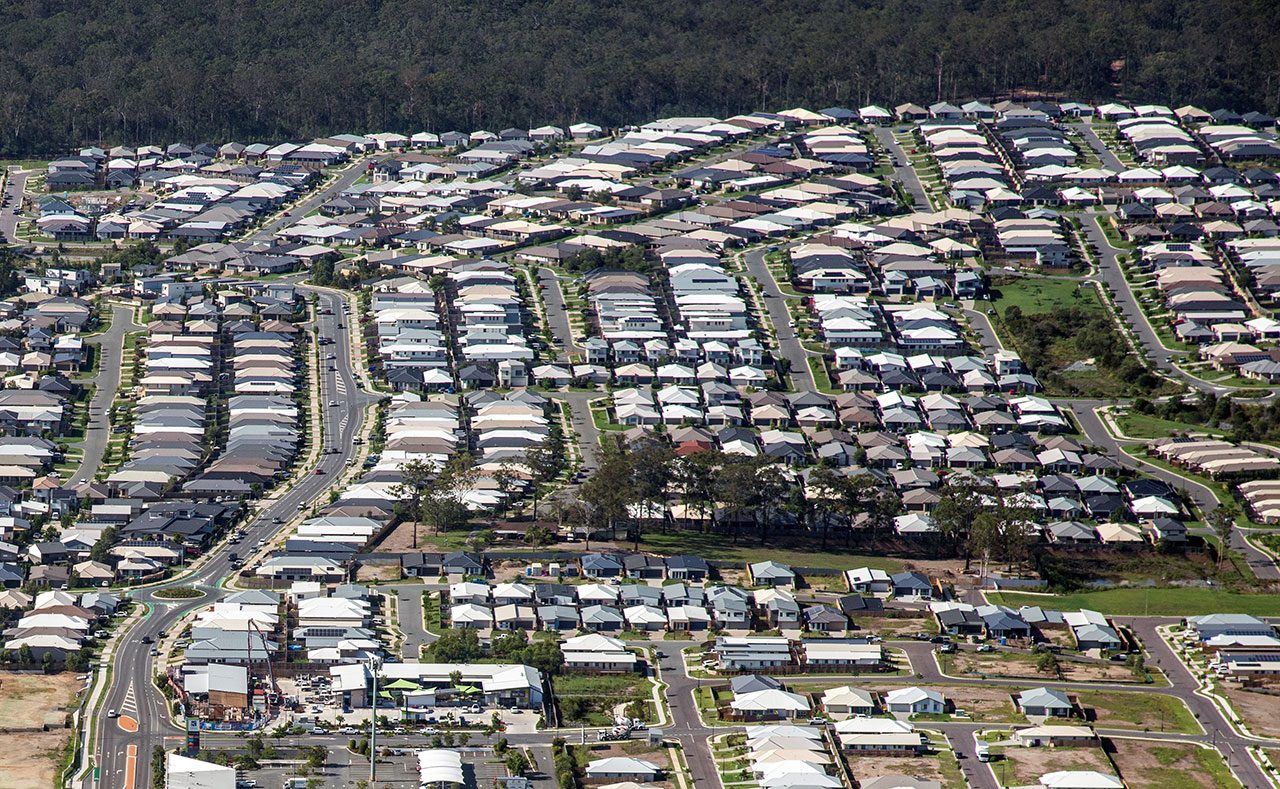This article is from the Australian Property Journal archive
AUSTRALIANS have stashed an additional $37.4 billion into their offset accounts since the start of the Reserve Bank’s rate hikes, with the overall figure now sitting at a record high, while a notable cohort of mortgage holders are looking to secure places on hardship programs.
The 16% rise since the March quarter of 2022 takes the total amount of cash in offset accounts to $265.45 billion, according to Australian Prudential Regulation Authority (APRA) data for the December quarter.
Meanwhile, the value of mortgages 30 to 89 days past due rose for a fifth consecutive quarter, rising $1.54 billion to $13.28 billion in the three-month period. As a share of credit outstanding, the proportion of mortgages in this bracket is still at a relatively low, at 0.60%. It is higher than the 0.42% recorded in the December 2021 quarter, when rates were at record lows, but lower than pre-COVID levels of 0.70%.
“These APRA figures highlight just how blunt the RBA’s cash rate hammer actually is, even among the one-third of households with a mortgage,” said RateCity.com.au research director, Sally Tindall, said.
“Some borrowers continue to stash extra cash into their mortgage, while others are calling up their bank asking to be put on their hardship programs,” she said.
“When times get tough, Australians tend to bunker down and this is reflected in this latest offset data, which, at 11% of total credit limits is the highest proportion on record.”
Non-performing loans – where the borrower has missed a mortgage repayment by 90 days or more, or the loan is impaired – are also on the rise, up $1.30 billion over the December quarters
However, the 0.85% share of credit outstanding is low by historical standards. It is higher than the 0.68% recorded a year earlier, but below the 0.90$ seen pre-COVID.
APRA data also showed that 0.85% of owner occupier loans are in arrears, compared to 0.75% of investor loans.
Just 0.35% of investors paying interest-only loans are in arrears.
“This is unsurprising. Not only are the repayment requirements on interest-only terms lower, but also, investors typically have more levers to pull to get themselves out of financial difficulty, whether that’s increasing a tenant’s rent or selling a property,” Tindall said.
“While arrears are still below pre-COVID levels, the value of loans falling behind on repayments are likely to rise in the months ahead, particularly among owner occupiers who have limited levers to pull to get themselves out of trouble.”
A total of $7.29 billion in new home loans written by ADIs in the December quarter were approved outside the banks’ serviceability policies. Tindall said the sharp rise of 9% over the quarter – and 75% since the June quarter – is no cause for alarm, but rather “evidence banks are proactively helping borrowers refinance to a lower rate”.
“Westpac, NAB and CBA should be congratulated for taking the lead on freeing these mortgage prisoners. It’s far better to see these mortgages listed in the exceptions data, rather than the defaults data.”
The total value of loans with a debt-to-income of six times or more dropped for the sixth quarter in a row, to now sit at $8.33 billion – almost one-fifth of what it was at the peak in December 2021.
Data from Moody’s Investors Service this week showed the share of prime-quality home loans that were at least 30 days in arrears rose to 1.62% in December, up from 1.45% in September and up from 1.05% a year earlier..
The delinquency rate for non-conforming mortgages hit 3.91%, from 3.39% in September.
However, delinquency rates still remain below the levels seen during the peak response period to the COVID-19 pandemic.
APRA lifts NAB penalty
Yesterday, APRA lifted a $500 million capital penalty on NAB that was handed down in 2019 because of concerns around the major lender’s risk management culture, with APRA deeming the problems resolved.
“APRA is now satisfied that NAB has completed its remediation program and adequately addressed the issues raised in its risk governance self-assessment,” the prudential regulator said in a statement yesterday.
However, it appears that ANZ remains subject to the same penalty, and Westpac still has a $1 billion capital overlay against its name due to money laundering.




